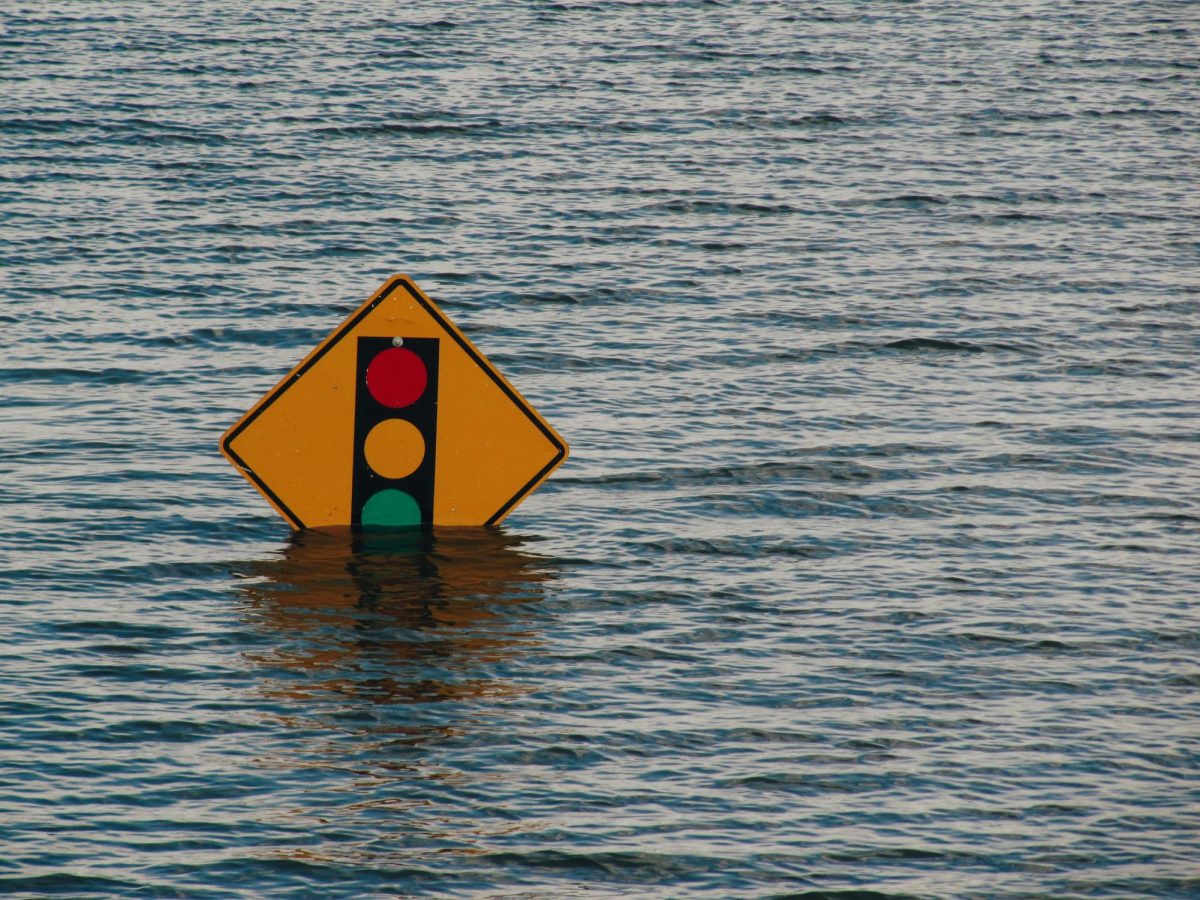In early April, a strong weather system had a path of destruction across the southern United States, including tornadoes, torrential rains, and flash floods. The event, which lasted multiple days, left a trail of damaged homes and businesses, along with widespread power outages.
The storm began in Texas and Louisiana, with tornadoes inflicting significant damage on buildings. Several people were injured due to the powerful winds. Authorities reported flash flooding in southeastern Texas, with floodwaters reaching several feet deep in some areas. Rescue crews responded to calls from residents trapped in their homes by the rising waters. As the storm system moved east, it intensified and brought more than a month’s worth of rain to New Orleans in just a few hours. The city’s drainage infrastructure struggled to keep up with this large amount of rain, leading to flash flooding. On top of this, the contents of the storms extended beyond heavy rain. Several tornadoes were reported across the Gulf Coast region, with Slidell, Louisiana, experiencing particularly severe damage. Local officials described the situation as “catastrophic,” with buildings partially collapsed, trees downed on houses, and people trapped needing rescue.
The storm’s impact was not limited to property damage and displacement. Over 200,000 customers lost power at the height of the storm, disrupting daily routines and essential services. Travel was also significantly affected, with road closures and delays due to flooding. Even sporting events, like the Masters golf tournament, were forced to postpone due to the dangerous weather conditions. As the storm system continued eastward, it reached Mississippi, Alabama, and Georgia. These areas faced similar threats of tornadoes, flash floods, and damaging winds. Thankfully, in the next few days, the storm’s intensity had diminished, with most warnings being downgraded to flash flood advisories in parts of Florida.
The full extent of the damage caused by this severe weather event is still being assessed. However, it’s clear that many communities in the southern US will be dealing with the aftermath for some time. Recovery efforts will involve repairs to damaged infrastructure, homes, and businesses.









